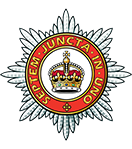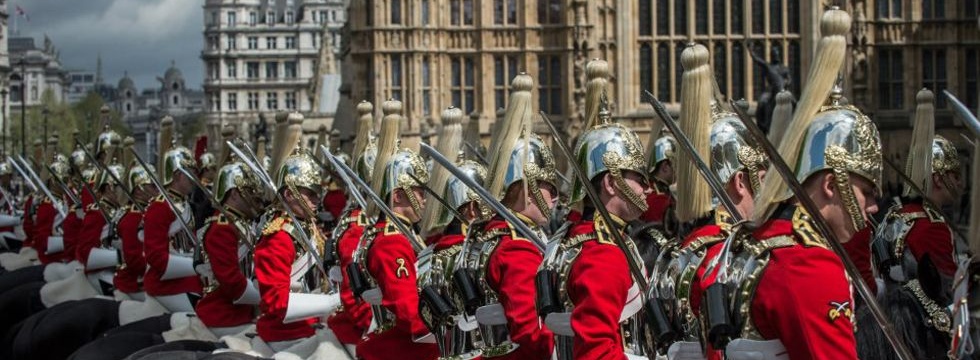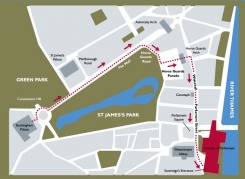Overview
The State Opening of Parliament marks the formal start of the parliamentary year and the King's Speech sets out the government’s agenda for the coming session, outlining proposed policies and legislation. It is the only regular occasion when the three constituent parts of Parliament – the Sovereign, the House of Lords and the House of Commons – meet.
When is State Opening?
State Opening happens on the first day of a new parliamentary session or shortly after a general election. A full rehearsal takes place in the early hours of a morning usually a day prior to the official State Opening.
The Fixed Term Parliaments Act, which sets out new rules on the timing of general elections, received royal assent (became law) on 15 September 2011. This means that the next general election May 2020.
What happens during State Opening
State Opening is the main ceremonial event of the parliamentary calendar, attracting large crowds and a significant television and online audience. It begins with the King's procession from Buckingham Palace to Westminster, escorted by the Household Cavalry.
The King arrives at Sovereign's Entrance and proceeds to the Robing Room. Wearing the Imperial State Crown and the Robe of State, he leads the Royal Procession through the Royal Gallery, packed with 600 guests, to the chamber of the House of Lords.
The House of Lords official known as 'Black Rod'' is sent to summon the Commons. The doors to the Commons chamber are shut in his face: a practice dating back to the Civil War, symbolising the Commons' independence from the monarchy. Black Rod strikes the door three times before it is opened. Members of the House of Commons then follow Black Rod and the Commons Speaker to the Lords chamber, standing at the opposite end to the Throne, known as the Bar of the House, to listen to the speech.
The King's Speech
The King's Speech is delivered by the King from the Throne in the House of Lords. Although the King reads the Speech, it is written by the government. It contains an outline of its policies and proposed legislation for the new parliamentary session.
After the King's Speech
When the King leaves, a new parliamentary session starts and Parliament gets back to work. Members of both Houses debate the content of the speech and agree an ‘Address in Reply to His Majesty’s Gracious Speech’. Each House continues the debate over the planned legislative programme for several days, looking at different subject areas. The King's Speech is voted on by the Commons, but no vote is taken in the Lords.



 London for Ceremonial
London for Ceremonial 


